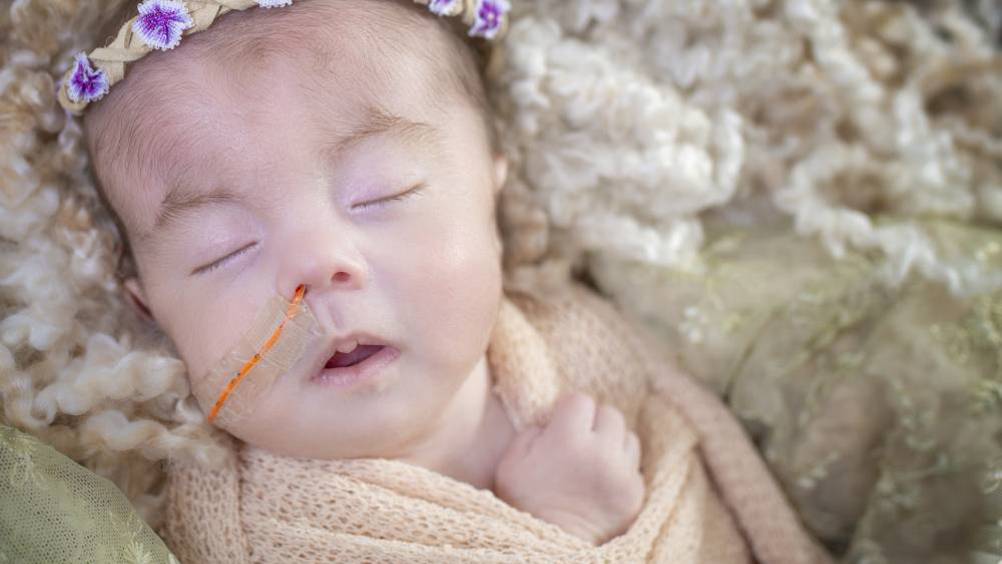References
Nutritional support for children and young people: nasogastric tubes

Abstract
The need to offer nutritional support to children and young people is commonplace for health professionals. This article explores the use and indication of nasogastric tubes (NGT) in children and young people, before explaining the process of inserting NGTs and the ongoing management of this method of nutritional support.
Nutritional support may be required when children and young people (CYP) are unable to independently meet their own nutritional needs. This nutritional support can often be provided through a nasogastric tube (NGT)—a thin plastic tube, inserted through the nose and into the stomach, via the oesophagus (Figure 1). The ability to ‘insert, manage and remove’ NGTs is a standard of proficiency for registered nurses (Nursing and Midwifery Council (NMC), 2018a).
Figure 1. Nasogastric tube location
In 2006, the National Institute for Health and Care Excellence (NICE) published a guideline on nutritional support for adults (NICE, 2006). However, there is no NICE guideline specifically for paediatric patients, instead the only guidance available recommends NGT nutritional support to patients with individual conditions, such as diarrhoea and vomiting or bronchiolitis (NICE, 2009; 2015). The Guidelines and Audit Implementation Network (GAIN) recognised this lack of guidance on NGT use in CYP and published a resource in 2016, which offers useful advice for health professionals regarding NGT use in CYP. It also identifies training needs for patients, parents and/or carers and staff who use NGTs (GAIN, 2016).
Register now to continue reading
Thank you for visiting British Journal of Nursing and reading some of our peer-reviewed resources for nurses. To read more, please register today. You’ll enjoy the following great benefits:
What's included
-
Limited access to clinical or professional articles
-
Unlimited access to the latest news, blogs and video content

